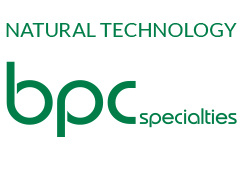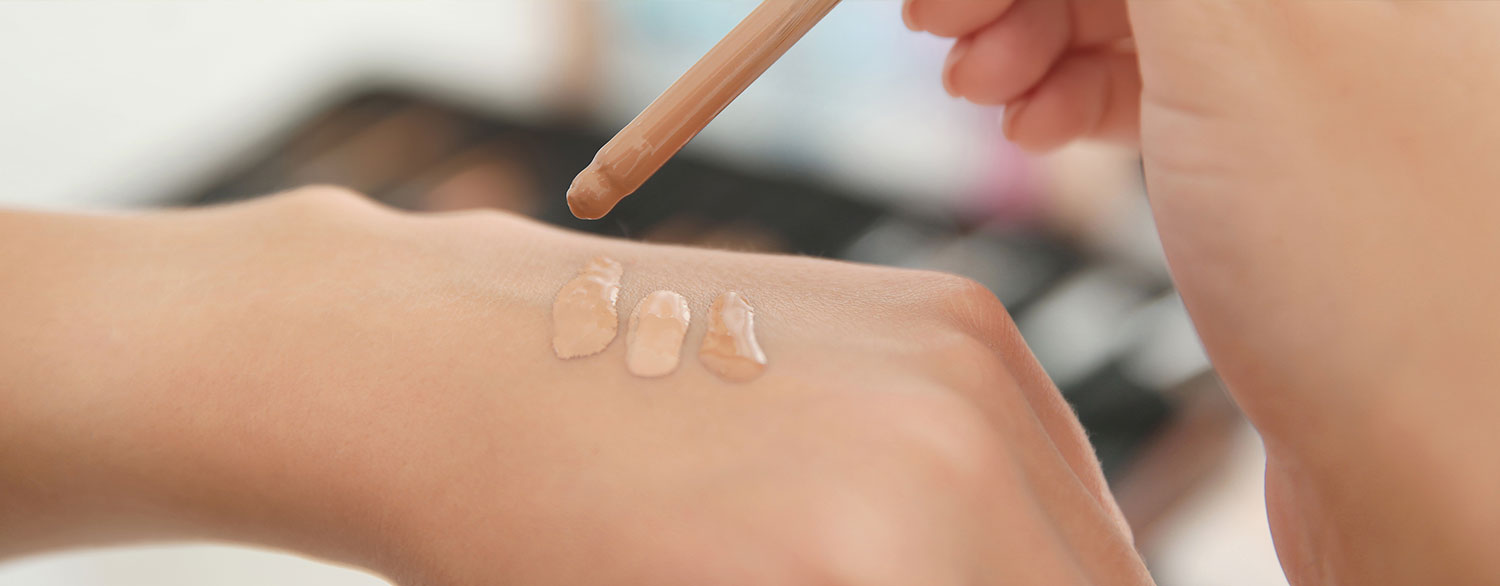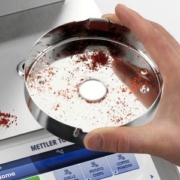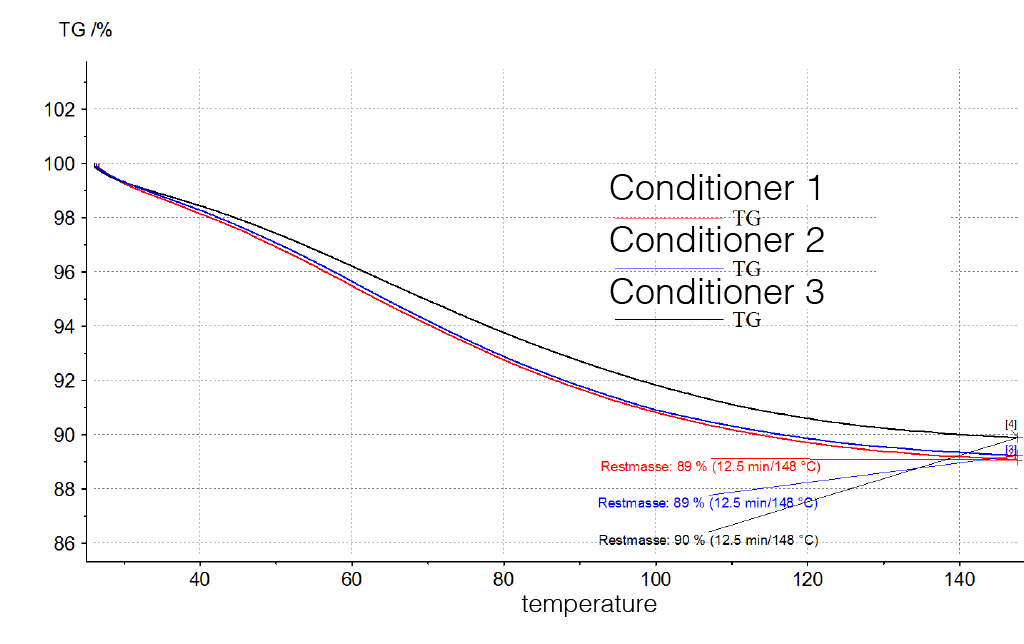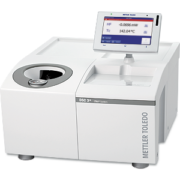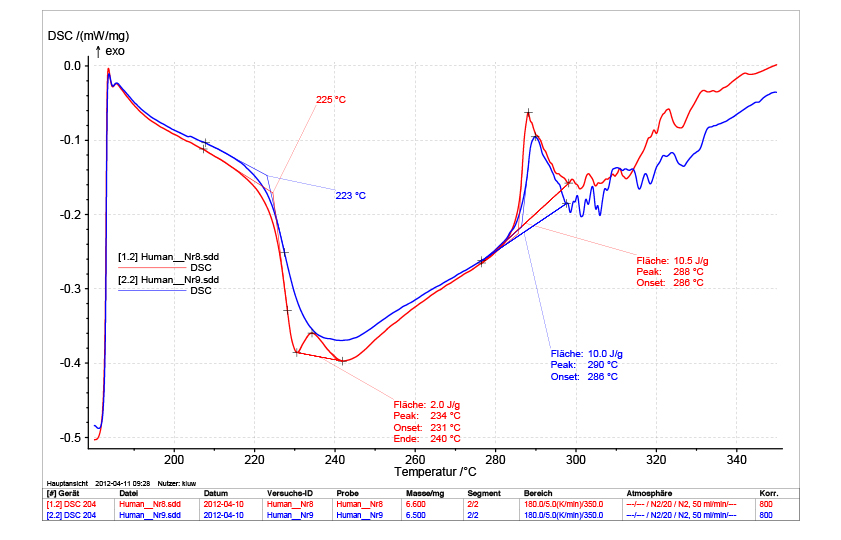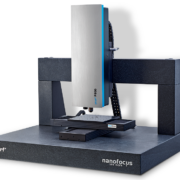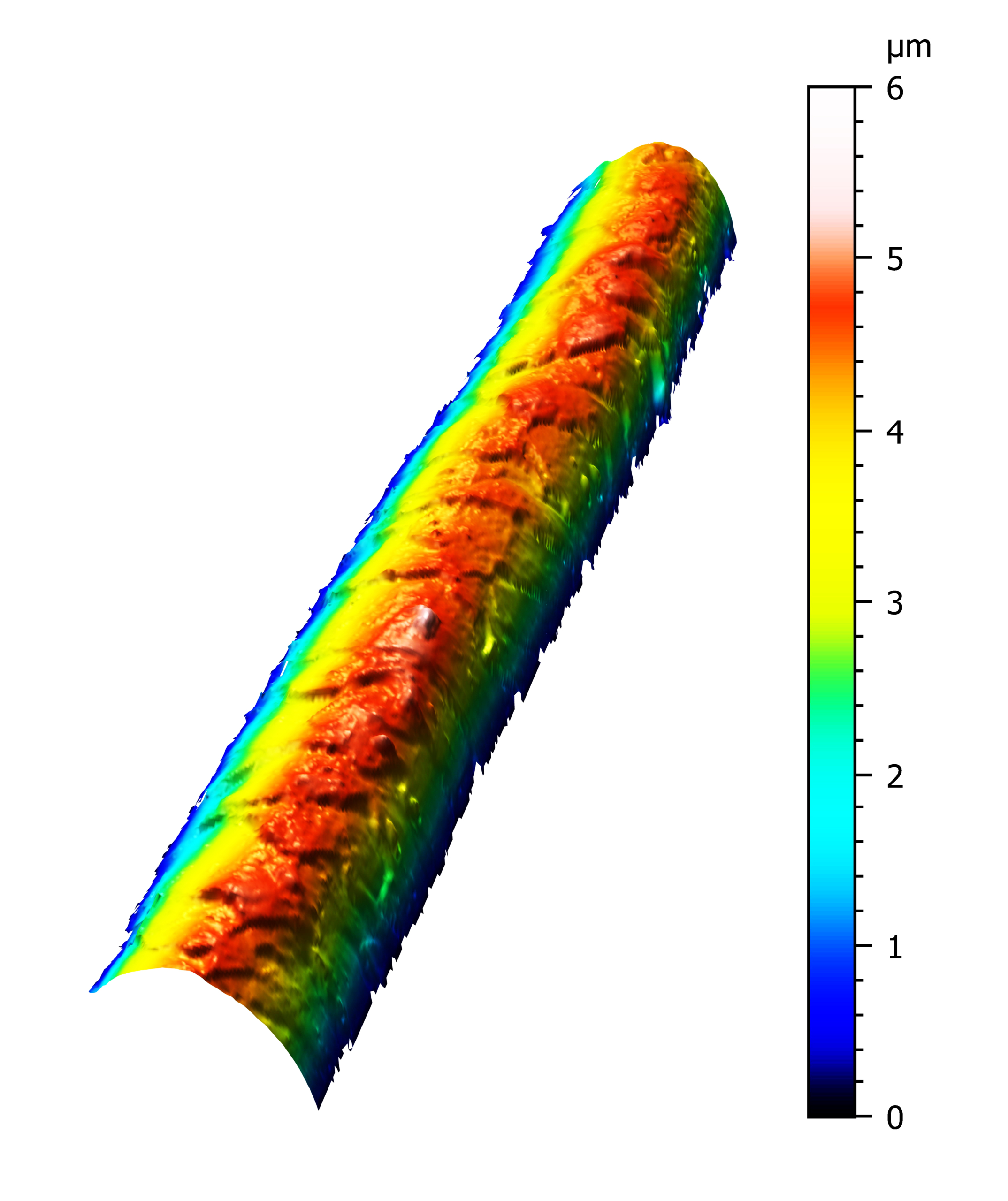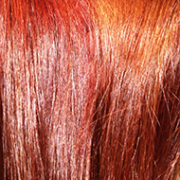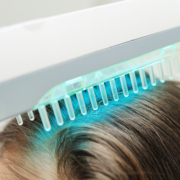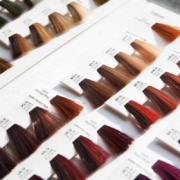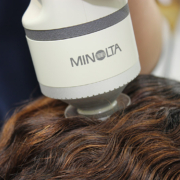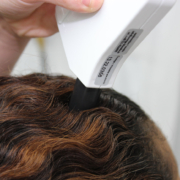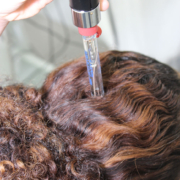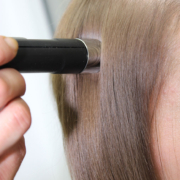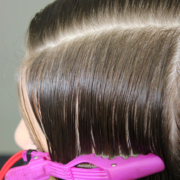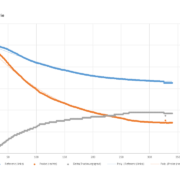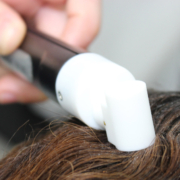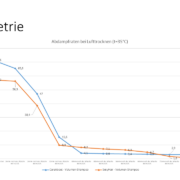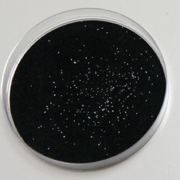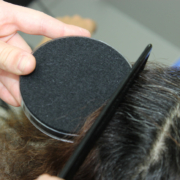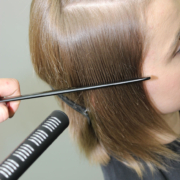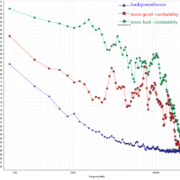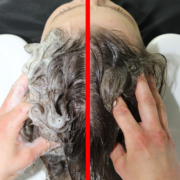>>> SENSORY EVALUATIONS >>>ANALYTICS
Performance Testings
Test and Measurement Methods
In Vitro and In Vivo Measurement Methods
In vitro testing methods are performed on standard strands or hair taken from test persons. Standard strands consist of human hair that is bleached using an osmotic process in order to preserve the structure of the cuticle as much as possible. This ensures maximum reproducibility regarding the hair matrix in terms of hair quality.
To maximize the practical relevance of our tests, we focus on measurement methods that can be performed both in vitro and in vivo. The goal is to confirm results in vivo as well as in vitro using the exact same method.
Tests are realised on all skin types (type 1-4 with optional provenance) as well as hair types of Central European, Asian, Indian Caucasian and South American provenance are available as a matrix.
The individual methods are detailed below.
Prices and quotation request
>>> LOGIN / REGISTRATION to the price and offer portal
Hair Moisture Balance – Determination by Thermogravimetric Analysis
A thermogravimetric analysis (TGA) validated by Karl Fischer titration allows for drawing conclusions particularly about the loss of water from hair, e.g., during blow-drying or straightening. Performed in vitro, the method is an important supplement to in vivo methods (determination of moisture balance) and can be used to make statements about water retention effects on the hair.
Moreover, the method complements Tewameter® and conductometric measurements that are used to determine the moisture balance of the hair.
De- and Restructuring of Hair – Determination by Dynamic Differential Scanning Calorimetry
The assessment of the melting range of hair is a method that is particular suitable to identify effects on the inner structure of the hair. Determining the melting range of human hair allows for drawing conclusions about the de- and restructuring effects of hair treatment agents. The method is available both dry and in an aqueous medium (HP DSC).
Visualization of Surfaces – Confocal Microscopy/Reflected Light Microscopy
Digital reflected light microscopy provides visualizations of the surface condition of the hair. Thus, both restructuring and de-structuring processes can be demonstrated visually. This type of visualization is complemented by confocal microscopy. In this method, layer-by-layer focal images are obtained and fused to create a 3D representation that allows for
- the precise measurement of the hair as real mathematical information regarding the overall hair thickness and the measurement of surface effects (roughness determination) as well as
- the 3D printing of a hair sculpture that makes effects on the surface tangible.
Wash Fastness of Hair Dyes
Both standard strands and hair taken from test persons are available as a matrix for the determination of wash fastness. The method we use is a standard ultrasonic hair wash. Both in vivo and in vitro LAB assessments are performed and supplemented by standardized test person photography for further visualization. This allows for making statements about the wash fastness of hair dye treatments as a function of time.
UV Resistance of Hair Dyes
Both standard strands and hair taken from test persons (1/2-sided) are available as a matrix for the determination of lightfastness. After standard irradiation, both in vivo and in vitro LAB assessments are performed and supplemented by standardized test person photography for further visualization. This allows for making statements about the lightfastness of hair dye treatments as a function of time.
Classification of Color Decays in the Color Space
After the standard application of hair dye treatments, LAB measurements are performed to classify color decays in the color space. The data obtained in this way can be used for QM processes as well as the creation of color boards. The data pool can be created both in vitro and in vivo.
Determination of Fat Content on Skin and Human Hair
The fat content on hair and skin can be determined based on photometry. Thus, statements can be made both in vivo and in vitro about the re-greasing of skin and hair depending on the use of specific treatment agents ad hoc or as a function of time. In this method, a special film is applied to the skin/hair over a pre-defined period of time. Depending on the respective sebum quantity, the lipophilic coating of the film wears off differently and does not react to moisture. This allows for conclusions to be drawn about the fat content and re-greasing of the hair at the roots, lengths, and ends directly after the application of treatment agents and as a function of time. Analogously, measurements can be made on the scalp. The induced value indicates a calculated amount of fat in g/cm2.
pH Measurement on Human Hair
An in vivo and in vitro measuring electrode enables occlusion-free pH measurement on skin and hair. The measurement can be performed directly on the test person – e.g., after colorations or reshaping – in a pH measuring range of 0 – 11.
Gloss Measurement on Skin and Hair
Methodically, the Glossymeter®, a device that can be used in vitro as well as in vivo, is based on both directly reflected light and diffusely reflected light. Hence, it is possible to measure the reflection of a non-planar matrix (such as hair) in vivo. Performing a reflection measurement on a test person in the test salon can complement the sensory perception of the gloss parameter as a direct measurement. The reflection is recorded in gloss units (GU): 100 GU = full reflection; 0 GU = no reflection.
Moisture Balance
Conductometric Measurement of Moisture Balance
Moisture balance is a term frequently used in cosmetics with regard to skin and hair. However, the term often lacks a precise definition. The bpc laboratories center of competence pays special attention to this hair and skin parameter and makes it tangible: Validated by thermogravimetric analysis (TGA), Karl Fischer titration, and Tewameter® measurements, a Moisture Index (MI) can be determined using a special conductometric method. As a specific value, the MI reflects a statement about whether the moisture balance of a sample is better or worse compared to a reference.
Moisture Balance – Determination of Evaporation Rates on Human Hair
Conductometric Measurement of Moisture Balance
The evaporation rate of water on hair and skin can be determined using a special Tewameter® probe. This measurement provides information on the water content of the hair or, respectively, the water loss due to environmental influences (such as blow-drying or straightening) depending on hair treatment agents. With regard to the skin, statements about the water loss of the skin or applied creams/lotions can be made, which allows for an assessment of the influence on the moisture balance of the skin and hair. The induced value indicates the evaporation rate (R) in g/h/m2.
Anti-Dandruff Effect
Based on a standardized test salon method, scalp dandruff flakes are collected quantitatively. The flakes are recorded with a special high-resolution camera and automatically measured according to nine differentiated sizes. After the application of anti-dandruff products, both quantitative and qualitative statements about dandruff formation can be made.
Acoustic In Vivo Measurement of Combability
As a sensory perception, combability is one of the most subject-specific parameters. Combability can be measured either objectively in vitro, which requires extensive measurement technology, or as the purely subjective sensory perception of a salon tester.
Aiming to close this diffusion gap between in vitro and in vivo methods, the bpc laboratories center of competence provides a special method: In vivo combability is recorded monographically under sensitive standard conditions using directional microphones. The acoustic signal (waveform) captured over a standardized period of time is displayed as a spectrogram that is created using the fast Fourier transform (FFT) algorithm. This allows for the visualization of sounds in a frequency-related manner. The method can be used in vivo alongside the sensory combability assessment and captures a bandwidth of up to 18 kHz. By means of an extended sequence analysis, a combing determination index (CDI) can be defined that, as a unitless value, reflects a statement about whether the combability of a sample is better or worse compared to a reference.
Measurement of Foam Properties
During subjective surveys, salon test evaluations of shampoos, shower baths, and shaving foams provide practical data on the products’ cleaning and conditioning properties. In addition, reflected-light microscopic analyses are performed to visually record foam formation behavior, foam stability, foam quality, and foam structure. The reflected-light microscopic classification of the foam is used to create a relationship with the information obtained during the sensory salon test.
